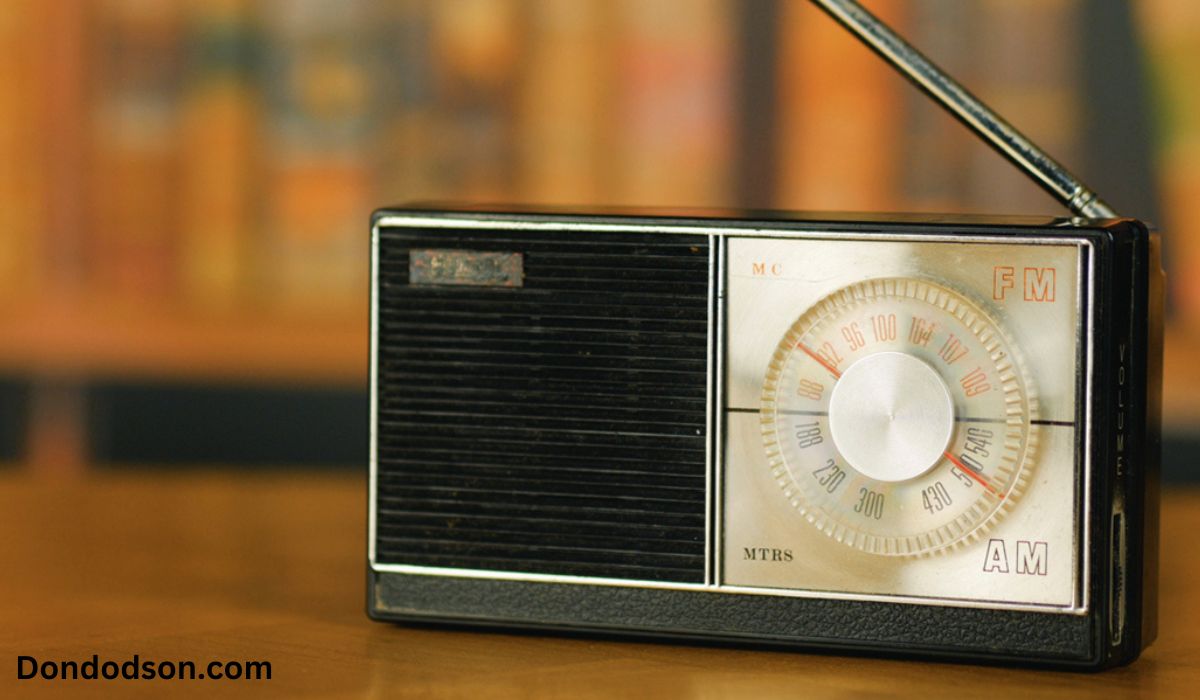Introduction
In the world of electronics and radio communication, the CS227 is a schematic that has captured the attention of both enthusiasts and professionals. Known for its detailed specifications and unique capabilities, the CS227 offers a wide range of features that can be both beneficial and challenging. In this article, we’ll explore the pros and cons of the radio schematic CS227, providing a clear and balanced view of what makes this schematic notable, as well as its potential limitations.”pro y contras del radio schematic cs227″
Unveiling the CS227: A Radio Schematic Deep Dive
Understanding the CS227
A detailed analysis of this schematic helps in better understanding its operation and potential uses.”pro y contras del radio schematic cs227″
The Importance of Circuit Analysis
Circuit analysis is crucial because it allows designers and technicians to understand the performance, efficiency, and limitations of a schematic. This not only facilitates design optimization but also helps in troubleshooting and making necessary adjustments to improve the overall functionality of the device.
“pro y contras del radio schematic cs227”
Pros of the CS227 Radio Schematic
Efficiency and Power Consumption
One of the main benefits of the CS227 is its energy efficiency. This schematic is designed to maximize energy transfer while minimizing consumption, making it suitable for applications that require low energy usage.
Sensitivity and Selectivity
The CS227 excels in terms of sensitivity and selectivity. High sensitivity allows for clear reception of weak signals, while selectivity ensures that the radio can distinguish between signals close in frequency, which is vital for clear and interference-free communication.
Cost-Effectiveness
The CS227 schematic is known for its cost-effectiveness. The components used are relatively inexpensive, and the overall design allows for affordable construction without compromising performance quality.
Reliability and Durability
Durability is another strong point of the CS227.
Versatility and Adaptability
The versatility of the CS227 allows it to be used in a wide range of applications. From amateur radios to commercial broadcasting equipment, its adaptable design makes it a flexible choice for various needs and environments.
Cons of the CS227 Radio Schematic
Complexity and Troubleshooting
One of the main drawbacks of the CS227 is its complexity. The design can be difficult to understand for beginners and may present challenges when troubleshooting. Technicians need a solid understanding of the circuit to perform repairs and make appropriate adjustments.
Limitations in Certain Frequency Bands
While the CS227 is efficient in many applications, it has limitations in certain frequency bands. This can affect performance in specific situations and may require additional adjustments or supplements to address these issues.
Susceptibility to Interference
The schematic can also be susceptible to interference. External signals and noise can affect reception and transmission quality, which can be a problem in environments with high electromagnetic activity.
Potential for Component Failures
Despite its overall durability, the CS227 may experience component failures over time. The need to replace or repair components can be an inconvenience and may affect long-term reliability.
Environmental Sensitivity
These variations can influence the efficiency of the circuit and overall stability of its operation.
Comparative Analysis
Comparison to Other Radio Schematics
Compared to other radio schematics, the CS227 offers a unique combination of features that set it apart. However, it also faces similar challenges to other designs in terms of complexity and susceptibility to interference.
Key Differences and Advantages
The CS227 stands out for its cost-effectiveness and its ability to adapt to various applications. These aspects make it an attractive option for a wide range of users, from hobbyists to professionals.
Trade-offs and Compromises
As with any design, the CS227 involves certain trade-offs. Complexity and susceptibility to interference are aspects that need to be considered when evaluating its suitability for specific applications.
Practical Applications and Use Cases
Amateur Radio
Commercial Radio Broadcasting
In professional settings, the CS227 is suitable for commercial broadcasting applications, providing a reliable solution for transmission and communication.
Scientific Research
Researchers can use the CS227 in experiments and data collection projects, taking advantage of its ability to handle signals and frequencies accurately.
Military and Defense
In military and defense applications, the CS227 can be adapted to meet specialized communication needs, offering a robust and efficient solution.
Future Improvements and Modifications
Potential Enhancements
Potential improvements for the CS227 could include updates to components and design to address current limitations and enhance resistance to interference.
Emerging Technologies
Integrating new technologies and emerging components could further improve the performance of the CS227, making it more competitive in the market.
Addressing Limitations
Overcoming the limitations of the CS227 might involve developing updated versions or supplements that address frequency and environmental sensitivity issues.
You May Also Like: Breaking Language Barriers with Přeldač’s AI Revolution
Conclusion
The CS227 is a valuable schematic for electronics enthusiasts and professionals alike. Its combination of efficiency, cost-effectiveness, and versatility makes it an appealing choice for various applications. While it presents challenges, its ability to adapt to different environments and needs makes it a significant tool in the field of radio communication.
FAQs
1. What are the main advantages of the CS227 radio schematic?
The CS227 offers several benefits, including:
- Efficiency and Power Consumption: It is designed to maximize energy transfer and minimize power use.
- Sensitivity and Selectivity: Provides clear reception of weak signals and distinguishes between close frequencies.
- Cost-Effectiveness: Utilizes affordable components without compromising performance.
- Reliability and Durability: Built for long-term use with minimal maintenance.
- Versatility and Adaptability: Suitable for various applications, from amateur to commercial radio.
2. What are the common drawbacks of the CS227 radio schematic?
The CS227 has a few limitations:
- Complexity and Troubleshooting: Its design can be complex, making it challenging to understand and repair.
- Limitations in Certain Frequency Bands: May not perform well across all frequency bands.
- Susceptibility to Interference: Can be affected by external signals and noise.
- Potential for Component Failures: Components may need replacement over time.
- Environmental Sensitivity: Performance can be impacted by temperature and humidity changes.
3. How does the CS227 compare to other radio schematics?
Compared to other radio schematics, the CS227 stands out for its:
- Cost-Effectiveness: More affordable to build and maintain.
- Versatility: Adapts to a range of applications. However, it faces challenges similar to other designs, such as complexity and susceptibility to interference.
4. What are some practical applications of the CS227 radio schematic?
The CS227 is used in various fields, including:
- Amateur Radio: Popular among radio hobbyists for its adaptability.
- Commercial Radio Broadcasting: Provides reliable performance for professional use.
- Scientific Research: Used for experimental purposes and data collection.
- Military and Defense: Adaptable for specialized communication needs.
5. What future improvements could be made to the CS227 radio schematic?
Future enhancements might include:
- Updating Components: To address current limitations and improve performance.
- Integrating Emerging Technologies: To stay competitive and enhance functionality.
- Addressing Environmental Sensitivity: Developing solutions to mitigate temperature and humidity effects.











